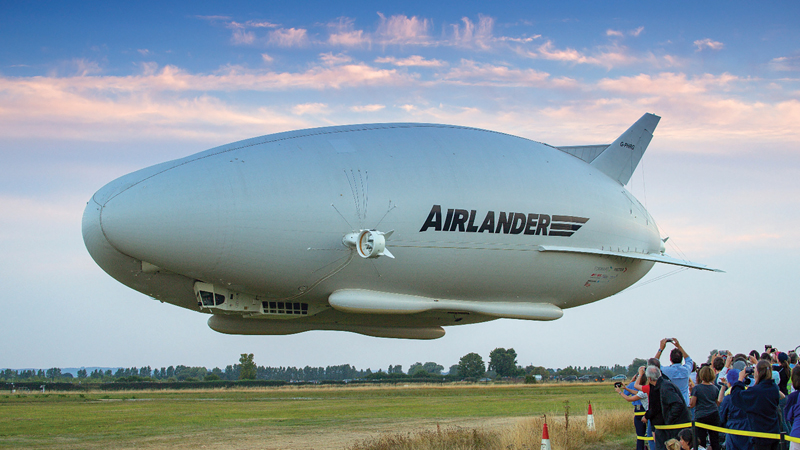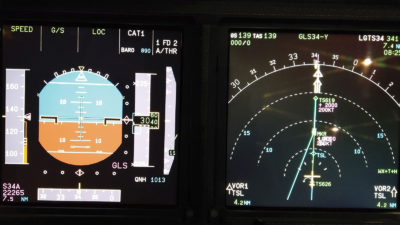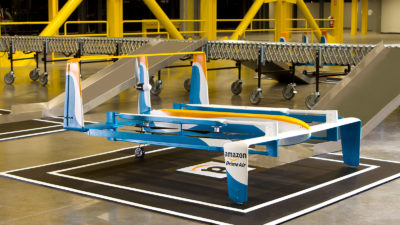Microgravity research aids long-duration human space missions
By SUNIL CHINTALAPATI|December 2020
The Microgravity and Space Processes Technical Committee encourages the advancement and public awareness of low-gravity studies in physics, materials, biological sciences and related fields.
In May, NASA conducted Saffire-IV, the fourth Spacecraft Fire Safety Demonstration, inside a Northrop Grumman Cygnus cargo spacecraft on its return trip from the International Space Station. On Earth, flames tend to extinguish in a low oxygen environment, but previous flame experiments in space showed that when oxygen levels are decreased the flame front weakens and then breaks into flamelets that resemble hemispherical caps that move randomly toward the lower levels of incoming oxygen. From a crew safety perspective for long-term missions, it is crucial to understand how fire behaves in microgravity and how different materials used for either spacecraft or habitat construction contribute to flame propagation.
Designed by researchers at NASA’s Glenn Research Center in Ohio and built by Cleveland-based Zin Technologies Inc., Saffire is a 3-feet-by-5-feet self-contained module that contains several sensors. Researchers used four cameras to view the size and spread of the flame within the module. They conducted a series of experiments with longer and stronger flames using Solid Inflammatory Boundary at Low Speed fabric, a composite of 75% cotton and 25% fiberglass. Saffire IV experiments included a scrubber to remove carbon dioxide and a prototype for a smoke eater to remove particulates. The validated and tested hardware technologies from Saffire experiments will be incorporated into the Orion spacecraft.
Samples of the Space Biofilms investigation returned to Earth in April with SpaceX’s 20th commercial resupply services mission to the ISS. Space Biofilms flew to the ISS in November 2019. The research focused on the growth of bacteria, fungi and protists on wet surfaces; a combination of these microbial organisms is referred to as biofilms. In the confined areas of a spacecraft, biofilm formation could cause equipment to malfunction and pose a health risk for the crew. Scientists and researchers from NASA and DLR, the German Aerospace Center, the University of Colorado in Boulder, MIT, Saarland University in Germany, the University of the Valley of Guatemala and Colorado-based BioServe Space Technologies designed an experiment to characterize the formation and growth of biofilms on materials and environmental conditions in microgravity. Scientists at CU Boulder performed RNA sequencing to characterize associated gene expression of the biofilms. Results from this investigation may lead to improved methods and materials for controlling biofilms on long-duration space missions.
Reusing and conserving material resources will be an important capability for long-duration space missions. In January, crew members on the ISS installed Made in Space’s Recycler tech demo. The crew can recycle polymer materials into reusable filaments in the recycler. The reusable filament is spooled into a feedstock canister, which is much like canisters that the Florida-based Made in Space’s 3D printer uses. The crew can then 3D-print new items.
In news that bodes well for the future of microgravity research, an August memo released jointly by the White House Office of Management and Budget and the Office of Science and Technology Policy stated, “Microgravity research in biological and physical science on new platforms in low-Earth orbit is important to enabling longer duration human missions in space and may have practical benefits to life on Earth.” The statement confirms a growing emphasis and the critical need to have commercial platforms such as the ISS to further microgravity research to aid in the development of long-duration human missions and enable humans to reach the moon and Mars.



































